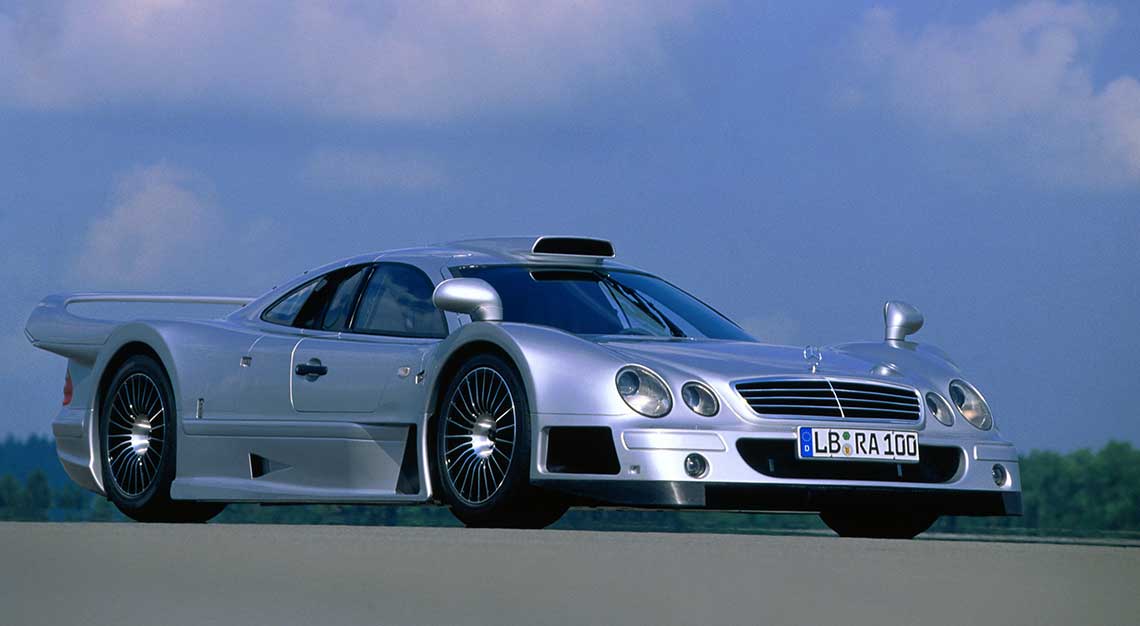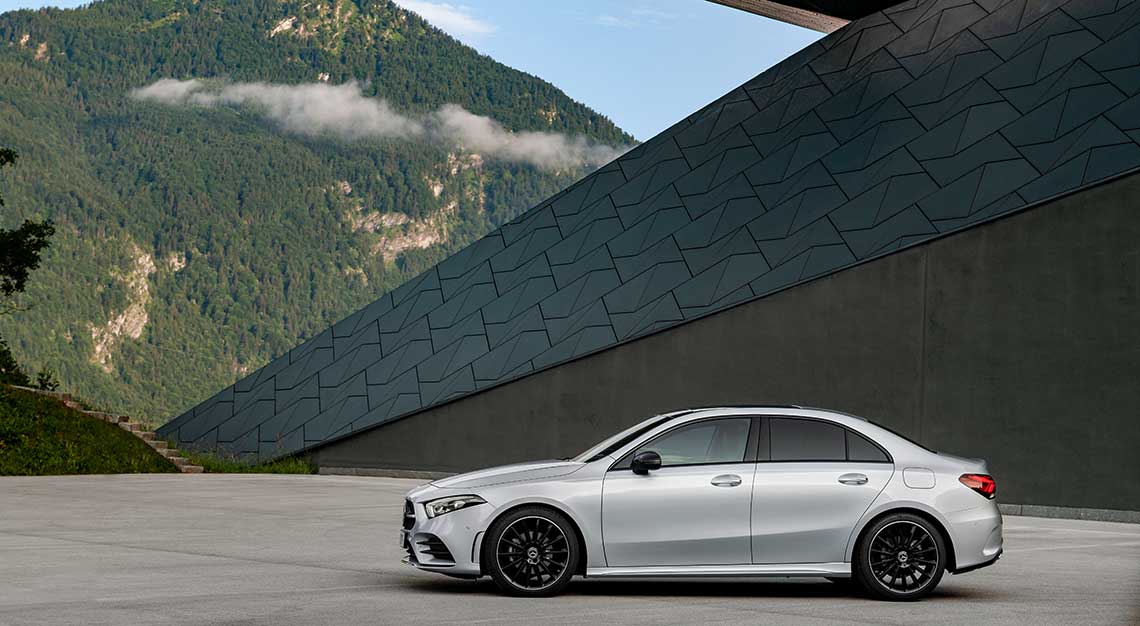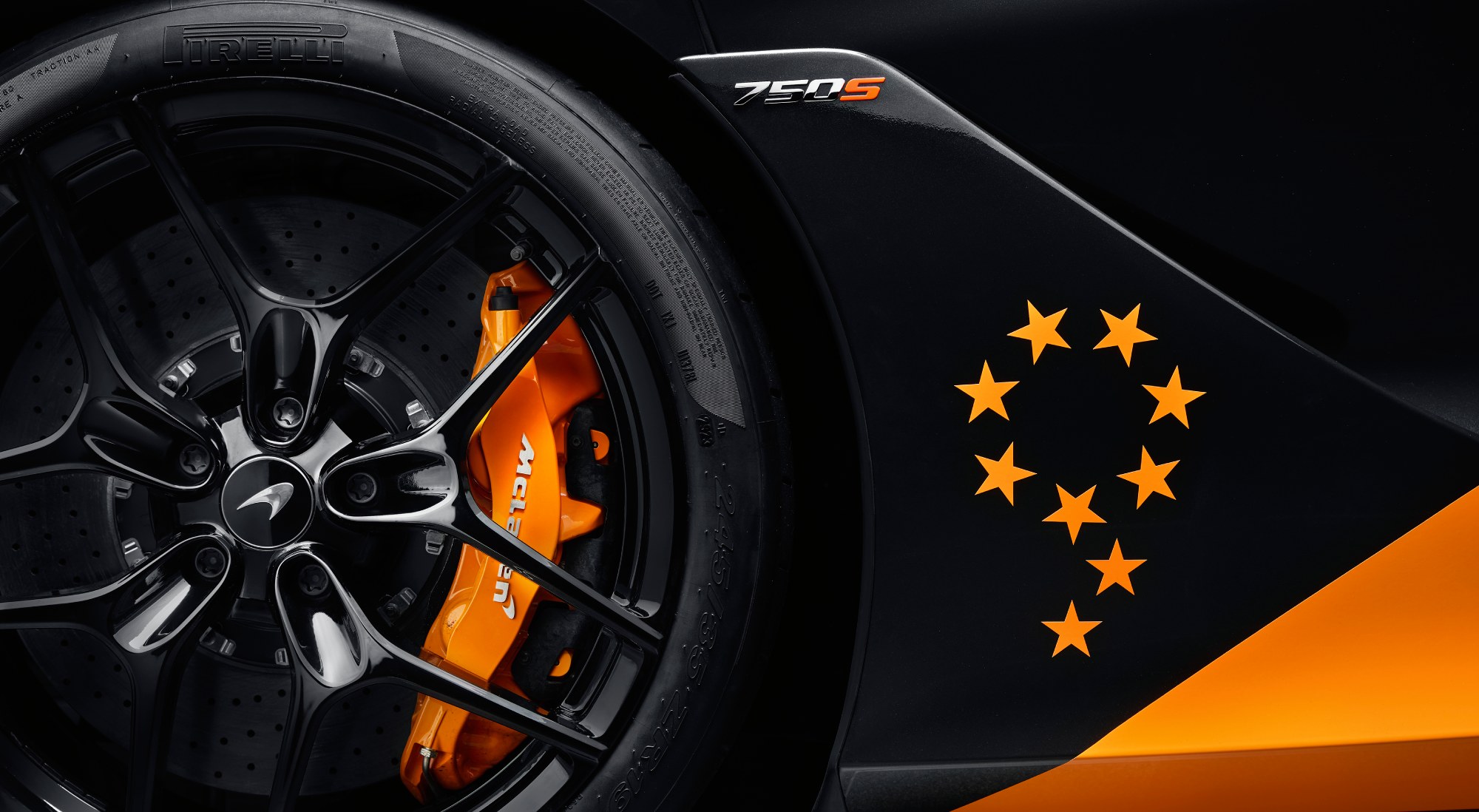Extremely mad, extremely rare, and we can thank Le Mans regulations of the 1990s for them
In case you missed it, the 87th edition of the 24 Hours of Le Mans, the most prestigious endurance race of them all, happened over the weekend.
Toyota won at La Sarthe for the second year running, though they were effectively racing themselves in the LMP1-class, owing to how its factory-backed hybrid car had a clear advantage (despite race organisers attempting to rein them in with Balance of Power restrictions) over their less advanced, combustion engine-only privateer-run class rivals.
Still, one could say Toyota’s brace of victories are well deserved, given the carmaker’s history of abysmal luck in the race, leading for long periods only to have misfortune strike in the final stages.
At any rate, this seems to be a good time as any to bring up what will happen at the 2020 Le Mans race. While the FIA (motorsports’ world governing body) hasn’t yet announced the demise of the LMP class (Le Mans Prototype, the current crop of purpose-built spaceships), it’s pretty clear the place to be is the so-called ‘Hypercar’ class in 2020.
Aston Martin will be there with the Valkyrie, along with Toyota with its as-yet unnamed hypercar. What’s even more tantalising is how manufacturers wishing to compete will have to build 20 roadgoing models over two years.
This is a throwback to the glorious days of the 1990s where manufacturers were compelled to build a small number of roadgoing examples in order to be eligible for the race, giving rise to the homologation special.
Of course, the word ‘roadgoing’ above is to be used loosely, since the homologation specials spawned during that era look like race cars simply shorn of sponsors’ decals and given turn signals.
And the term ‘small number’, too, can vary wildly. While Toyota and Nissan did produce such versions of their GT-One and R390 GT1 race cars respectively, it’s unlikely you’ll see them outside a museum. That’s because Toyota built just two GT-One road cars and Nissan built a grand total of one (yes, one) R390 GT1 road car.
Which is why we’re not including the two cars above in our list of the greatest Le Mans homologation specials of the GT1 era. Granted, the cars below weren’t made in huge numbers too, with only a handful of McLarens made, but crucially all the cars below were sold to the public.

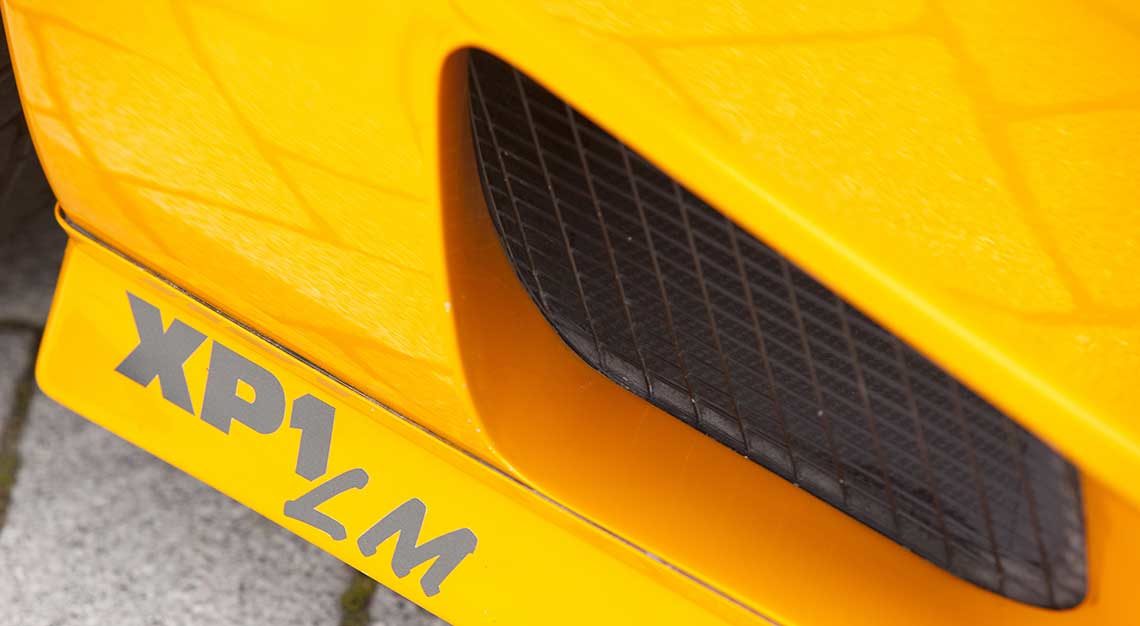

McLaren F1 LM
For a car that was never intended to go racing, even though its designer Gordon Murray conceived it as the ultimate racer-inspired road car, the McLaren F1 certainly has an impressive pedigree.
Seven race-prepared McLaren F1 cars made their Le Mans debut in 1995 and five finished the race. Fairly impressive for a first attempt, but those five didn’t just finish, four of them occupied the top five spots, including clinching the overall victory ahead of thoroughbred racing cars.
To celebrate that win and the five finishers, McLaren built exactly five (plus the prototype pictured here) examples of the F1 LM, a road car directly inspired by, and using most of the bits (including the engine and magnesium-alloy wheels) from the race cars.
Being a road car inspired by a hardcore race car, the F1 LM isn’t to be confused with roadgoing versions of the F1 GTR, which was a race car converted back for use on public roads.
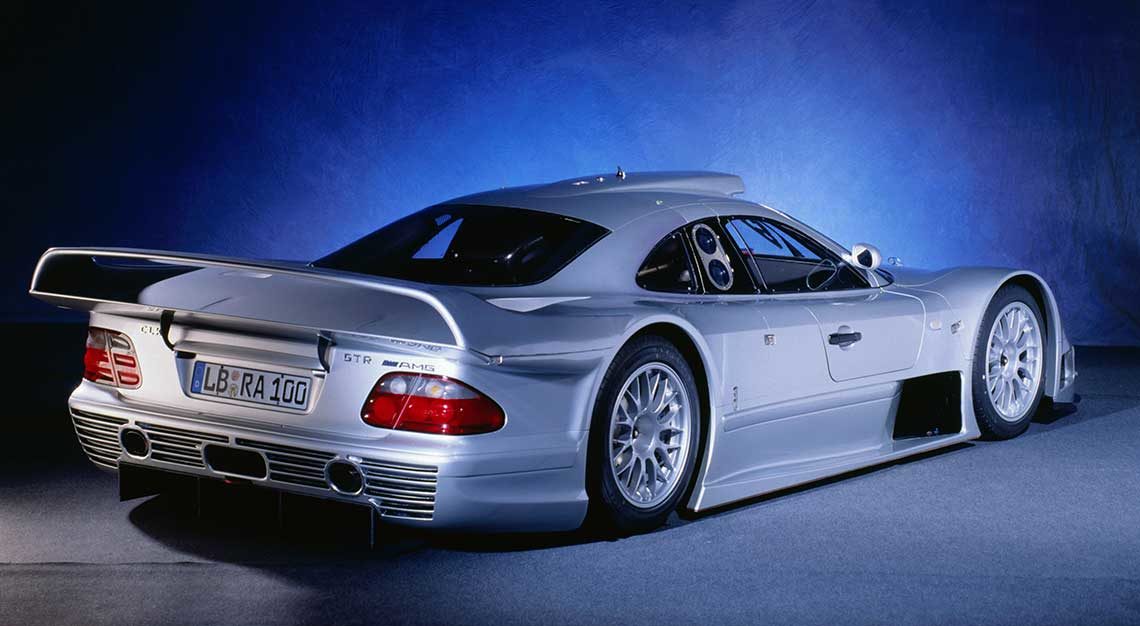
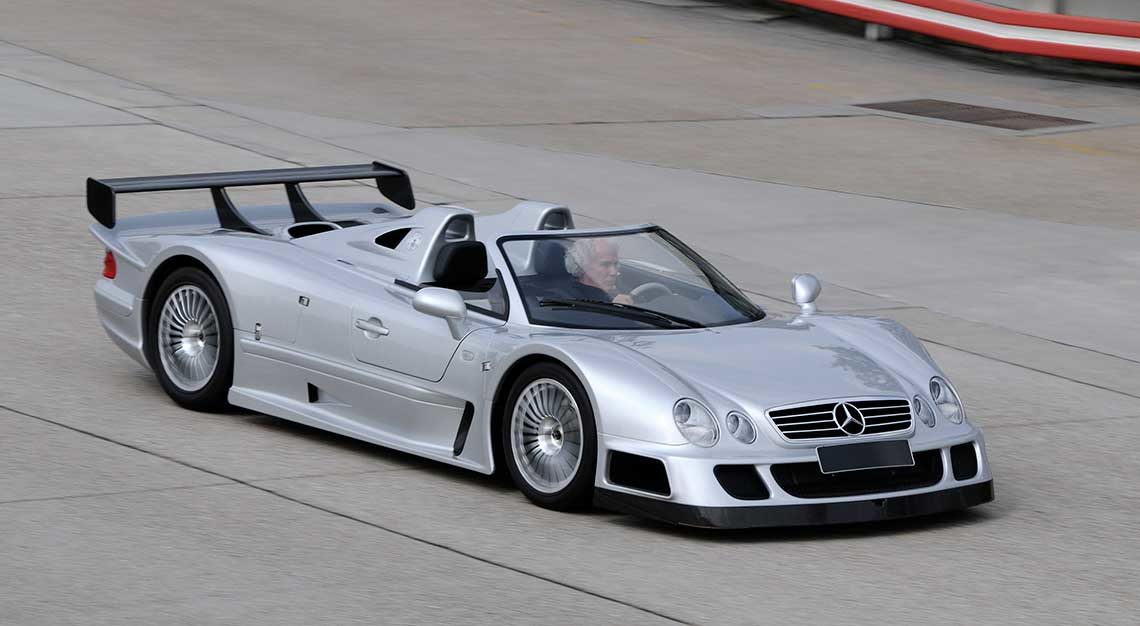
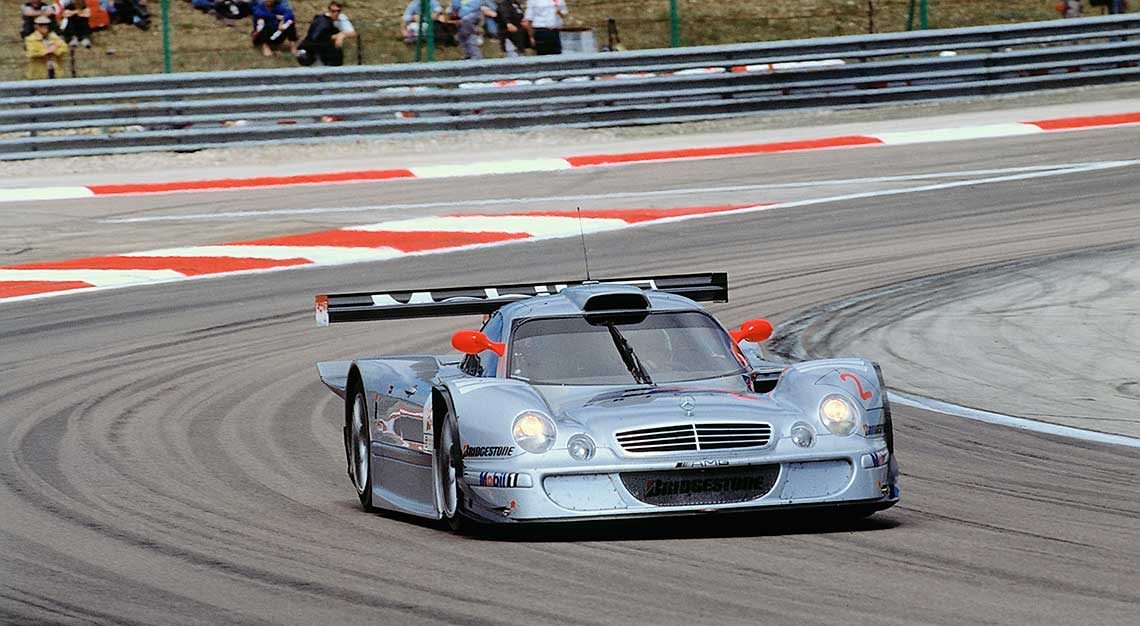
Mercedes-Benz CLK GTR
If the Porsche 911 GT1 bent the racing rulebook in order to compete, then the Mercedes-Benz CLK GTR bent it so far, it resembled a pretzel. And no, we’re not just talking about how the CLK GTR only shares its headlights, taillights, grille and instrument cluster with the CLK road car.
Rather, many features of the CLK GTR race car could not be found on the road car, to the ire of other manufacturers such as BMW and Porsche. So, while others adhere to the spirit, if not the letter of the law, Mercedes-Benz simply did whatever they wanted and hoped nobody would notice.
Still, that gave us one of the finest examples of the class yet seen, a stunning glimpse of a road car taken to its logical extreme, or in other words, the ultimate expression of a GT1 car. The road car was similarly extreme, and offered up even less creature comforts than the road version of the 911 GT1.
Virtually nil sound deadening ensured you’d hear every bit of the screaming V12 motor and race-style sequential gearbox. Hilariously enough, Mercedes-Benz offered up the roadgoing CLK GTR with a leather interior and air conditioning.


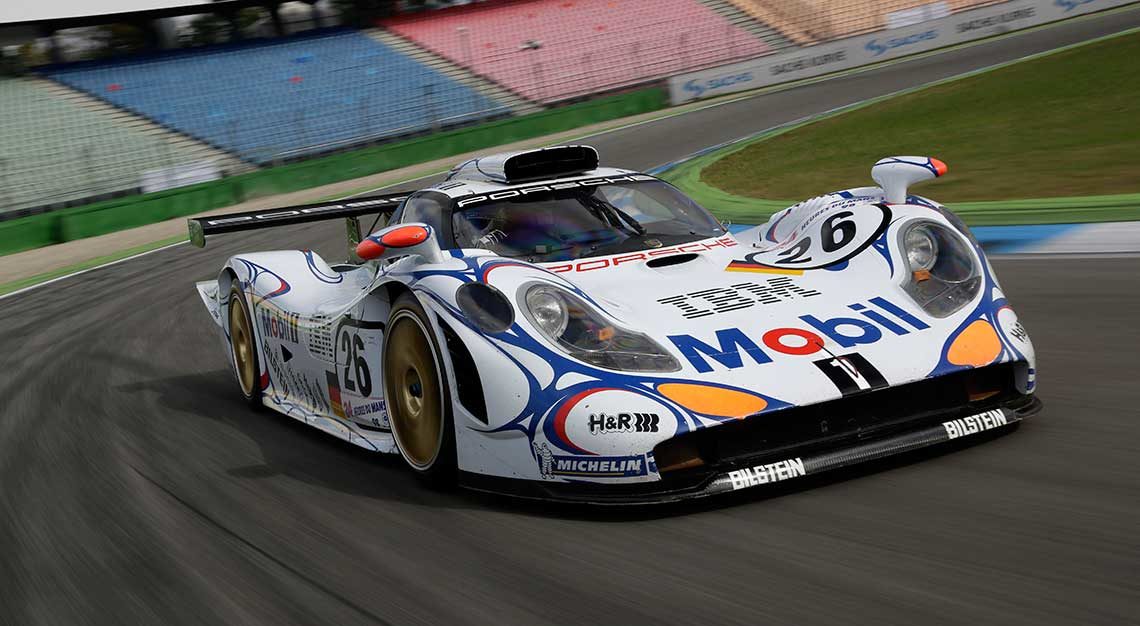
Porsche 911 GT1
The traditional way of going about GT racing is to first build the road car, then modify it for racing use, by adding in big aerodynamic bits, roll cages and other toughened components to allow it to endure the rigours of endurance racing.
But in 1996, Porsche, always one to do things backwards (to wit, the engine location of its iconic 911) hit upon a brilliant idea. Exploiting a loophole in the regulations and fuelled by vengeance after its ageing purpose-built prototype was beaten a year earlier by a road car-based McLaren F1 GTR, Porsche entered the 1996 Le Mans with the 911 GT1.
Essentially a racing prototype with its decals removed and bearing only the most passing of resemblances to a regular 911, the 911 GT1 was envisioned as a race car first, with only the skimpiest of concessions to viability for road use.
As an example, only the headlights, taillights and front chassis design was shared with roadgoing 911s, the rest of the car, including the engine, was derived from Porsche’s all-conquering 962 racer.
